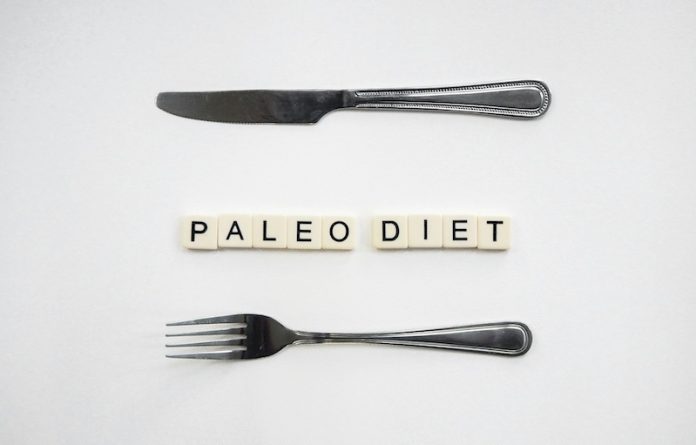
The Paleo Diet, also known as the Stone Age or Paleolithic Diet, is based on the idea of eating like our ancestors who lived during the Paleolithic era, which spans from about 2.5 million to 10,000 years ago.
The premise is simple: if our ancestors thrived on a certain type of diet, perhaps we might too, especially in a world where processed foods are linked to many health issues.
This review will delve into what the Paleo Diet involves, its potential benefits, and the research behind it to help you decide if it might be right for you.
The Paleo Diet focuses on foods presumed to have been available to Paleolithic humans. This includes lean meats, fish, fruits, vegetables, nuts, and seeds.
It excludes foods that became common when farming emerged about 10,000 years ago, such as dairy products, grains, and legumes, as well as refined sugar and processed oils.
One of the main appeals of the Paleo Diet is its straightforward approach to nutrition, emphasizing whole foods and reducing intake of processed items.
Proponents argue that this diet not only helps with weight loss but also improves overall health by aligning with our genetic makeup, which they claim has not significantly changed since the Paleolithic era.
Several studies have explored the health benefits of the Paleo Diet. Research generally indicates that following this diet can lead to improvements in body weight and waist circumference.
For instance, a study found that participants on a Paleo Diet lost more weight and abdominal fat than those on other popular diets after six months.
Additionally, there’s evidence suggesting that the diet can improve blood pressure, cholesterol levels, and blood sugar control, which are crucial for heart health and preventing metabolic diseases like type 2 diabetes.
However, the diet’s restrictions can also lead to challenges. Excluding entire food groups like grains and dairy can lead to deficiencies in essential nutrients such as calcium, vitamin D, and fiber.
Critics also argue that the Paleo Diet may be too high in protein for some individuals, particularly those with kidney issues, and that the historical accuracy of the diet is debatable, as Paleolithic humans ate a wide range of foods depending on their environment, which often included grains and legumes.
The Paleo Diet also faces criticism regarding its sustainability and cost. The emphasis on high-quality, organic meat and fresh produce can make it more expensive and less accessible for some people.
Moreover, the environmental impact of a meat-heavy diet is significant, raising concerns about the sustainability of adopting such eating habits on a larger scale.
Despite these concerns, many people find the Paleo Diet helps them feel more satiated, likely due to its high protein and fiber content from the increased intake of meats and vegetables.
This can reduce the temptation to snack on processed foods, potentially leading to better eating habits overall.
Ultimately, whether the Paleo Diet is suitable for you may depend on your health goals, dietary preferences, and medical background. It’s advisable to consult with a healthcare provider or a nutritionist to discuss whether the potential benefits outweigh the risks based on your personal health needs.
They can help ensure that you meet all your nutritional requirements while exploring this or any other diet change.
In summary, the Paleo Diet offers a back-to-basics approach by focusing on whole, unprocessed foods, which may help improve certain health markers and promote weight loss.
However, it’s important to consider its dietary restrictions, cost, and the practicality of making such a significant dietary change before deciding to follow this eating pattern.
Follow us on Twitter for more articles about this topic.
Copyright © 2024 Scientific Diet. All rights reserved.





